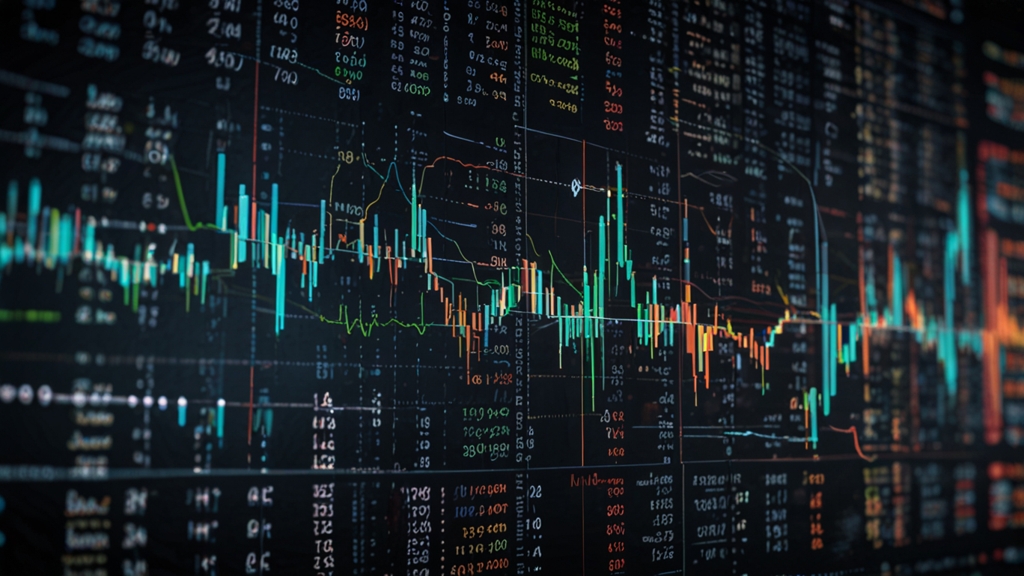Statistics and Technology: The Future of Data Analysis
In the rapidly evolving landscape of technology, the role of statistics has become ever more crucial. From businesses seeking to extract meaningful insights from vast datasets to scientists aiming to validate their research hypotheses, the demand for advanced data analysis has never been higher. As technology continues to advance, it fundamentally transforms how we approach statistics, paving the way for innovative methods and more sophisticated analytical tools.
The Evolution of Statistical Tools
Traditionally, statistical analysis involved manual computations and was limited by the processing power of earlier computers. With the advent of high-performance computing (HPC) and robust statistical software, this field has witnessed a significant transformation. Modern statistical tools such as R, Python, and SAS, equipped with powerful libraries and modules, have made complex analysis more accessible and efficient.
"The sheer power of modern statistical tools allows us to handle and analyze data sets that were unimaginable a decade ago. These technological advancements have shifted our focus from mere data collection to comprehensive data interpretation." – Dr. Eleanor Green, Data Scientist.
Integration of Artificial Intelligence and Machine Learning
One of the most profound impacts of technology on statistics is the integration of artificial intelligence (AI) and machine learning (ML). These technologies enable the creation of predictive models that can learn from data and improve over time. By using sophisticated algorithms, AI and ML can uncover patterns and trends that traditional statistical methods might miss. This advancement is particularly transformative in fields such as healthcare, finance, and marketing, where predictive accuracy can lead to significant advancements.
For instance, predictive analytics in healthcare can analyze patient data to predict disease outbreaks or individual health risks, enabling proactive measures and personalized treatment plans. In finance, AI-driven models can detect fraudulent activities by analyzing transactional patterns in real-time, offering a robust security measure against financial crimes.
Big Data and Real-Time Analysis
The era of big data has brought about an unprecedented influx of information from various sources such as social media, IoT devices, and online transactions. This volume of data has challenged traditional computational methods, necessitating the development of new techniques and platforms capable of handling and analyzing data in real-time. Technologies like Apache Hadoop and Spark have emerged as front-runners in the big data arena, providing scalable solutions for data processing and analysis.
"With big data and real-time analysis, businesses can now make informed decisions faster than ever before. The ability to process vast amounts of data in real-time is not just a competitive advantage; it's becoming a business necessity." – Mark Thompson, Chief Data Officer.
The Future of Data Visualization
Effective data analysis goes hand-in-hand with compelling data visualization. As datasets grow more complex, the need for intuitive and interactive visualization tools becomes paramount. Modern data visualization tools, such as Tableau, Power BI, and D3.js, allow analysts to create dynamic and interactive visual representations of data, making it easier to identify trends, outliers, and correlations.
Furthermore, advancements in virtual reality (VR) and augmented reality (AR) are poised to revolutionize data visualization. Imagine analyzing a three-dimensional dataset in a VR environment, where data points can be manipulated and explored in an immersive space. This could transform not only how we visualize data but also how we interact with it, opening up new possibilities for presentations and collaborations.
Ethical Considerations and Data Privacy
As we embrace new technologies in data analysis, it's critical to consider the ethical implications and data privacy concerns. The potential for misuse of personal data and biases in AI and ML algorithms necessitates a framework for ethical standards and compliance. Regulations such as the General Data Protection Regulation (GDPR) in Europe set the groundwork for safeguarding personal information, but ongoing vigilance and proactive measures are essential.
In conclusion, the synergy between statistics and technology is transforming data analysis, making it more powerful and accessible than ever before. By leveraging AI, big data, real-time analysis, and advanced visualization tools, we can uncover deeper insights and make more informed decisions. However, as we advance, we must also prioritize ethical considerations and data privacy to ensure the responsible use of these powerful technologies.








